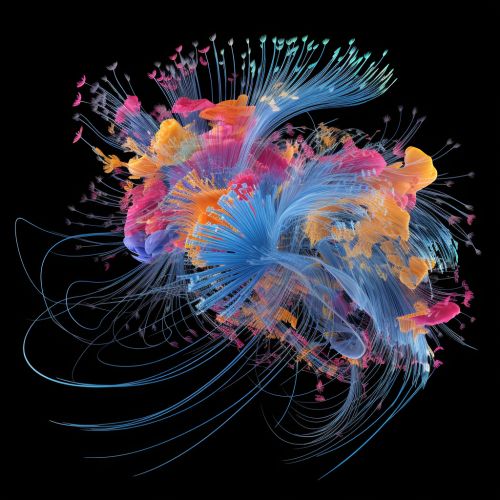Cognitive Mechanisms of Cognitive Dissonance Reduction
Introduction
Cognitive dissonance is a psychological theory proposed by Leon Festinger in 1957, which suggests that individuals have an intrinsic drive to hold all their attitudes and beliefs in harmony and avoid disharmony (or dissonance). This article will delve into the cognitive mechanisms that aid in the reduction of cognitive dissonance, a process that is often subconscious and automatic, yet plays a crucial role in shaping our attitudes, beliefs, and behaviors.


Cognitive Dissonance Theory
The Cognitive Dissonance Theory posits that when individuals encounter information or engage in actions that are inconsistent with their existing beliefs or attitudes, they experience a state of psychological discomfort known as cognitive dissonance. This discomfort motivates individuals to reduce the dissonance, either by changing their beliefs or attitudes, acquiring new information that supports their existing beliefs, or minimizing the importance of the inconsistency.
Mechanisms of Cognitive Dissonance Reduction
There are several cognitive mechanisms that individuals employ to reduce cognitive dissonance. These include:
Belief Disconfirmation
Belief disconfirmation is a process where individuals reject or ignore information that contradicts their existing beliefs. This mechanism is often employed when the disconfirming evidence is weak or when the belief is strongly held.
Effort Justification
Effort justification is a mechanism where individuals alter their attitudes to match their behaviors. This often occurs when individuals put a lot of effort into a task or goal, and the outcome is not as positive as expected. To reduce the dissonance, they may change their attitudes to believe that the effort was worth it.
Selective Exposure
Selective exposure is a mechanism where individuals avoid information that contradicts their existing beliefs and seek out information that confirms them. This mechanism helps to maintain cognitive consistency and reduce dissonance.
Self-Affirmation
Self-affirmation is a mechanism where individuals affirm their self-worth in other areas to reduce the impact of the dissonant information. This mechanism helps individuals maintain a positive self-image despite the cognitive dissonance.
Post-Decision Dissonance
Post-decision dissonance is a mechanism where individuals enhance the attractiveness of the chosen alternative and devalue the rejected alternatives after making a decision. This mechanism helps to reduce the dissonance associated with the possibility of making a wrong decision.
Cognitive Dissonance in Everyday Life
Cognitive dissonance and its reduction mechanisms play a significant role in everyday life, influencing our attitudes, beliefs, and behaviors. For example, a smoker who is aware of the health risks associated with smoking may experience cognitive dissonance. To reduce this dissonance, they may employ mechanisms such as belief disconfirmation (rejecting the health risks), effort justification (believing that the pleasure of smoking outweighs the health risks), or self-affirmation (focusing on their healthy habits in other areas).
Conclusion
Understanding the cognitive mechanisms of cognitive dissonance reduction can provide valuable insights into human behavior and decision-making processes. While these mechanisms often operate subconsciously, being aware of them can help individuals make more informed decisions and manage cognitive dissonance effectively.
